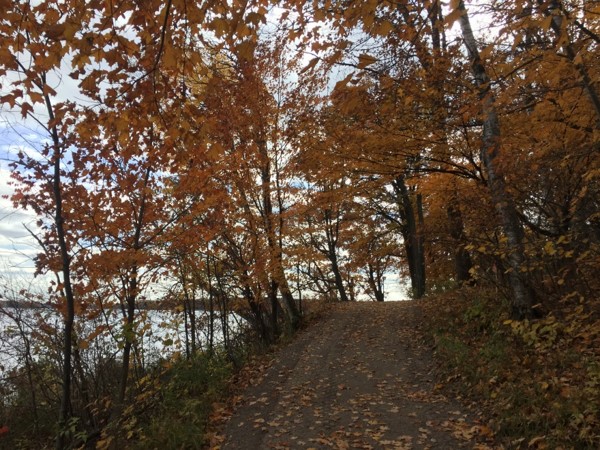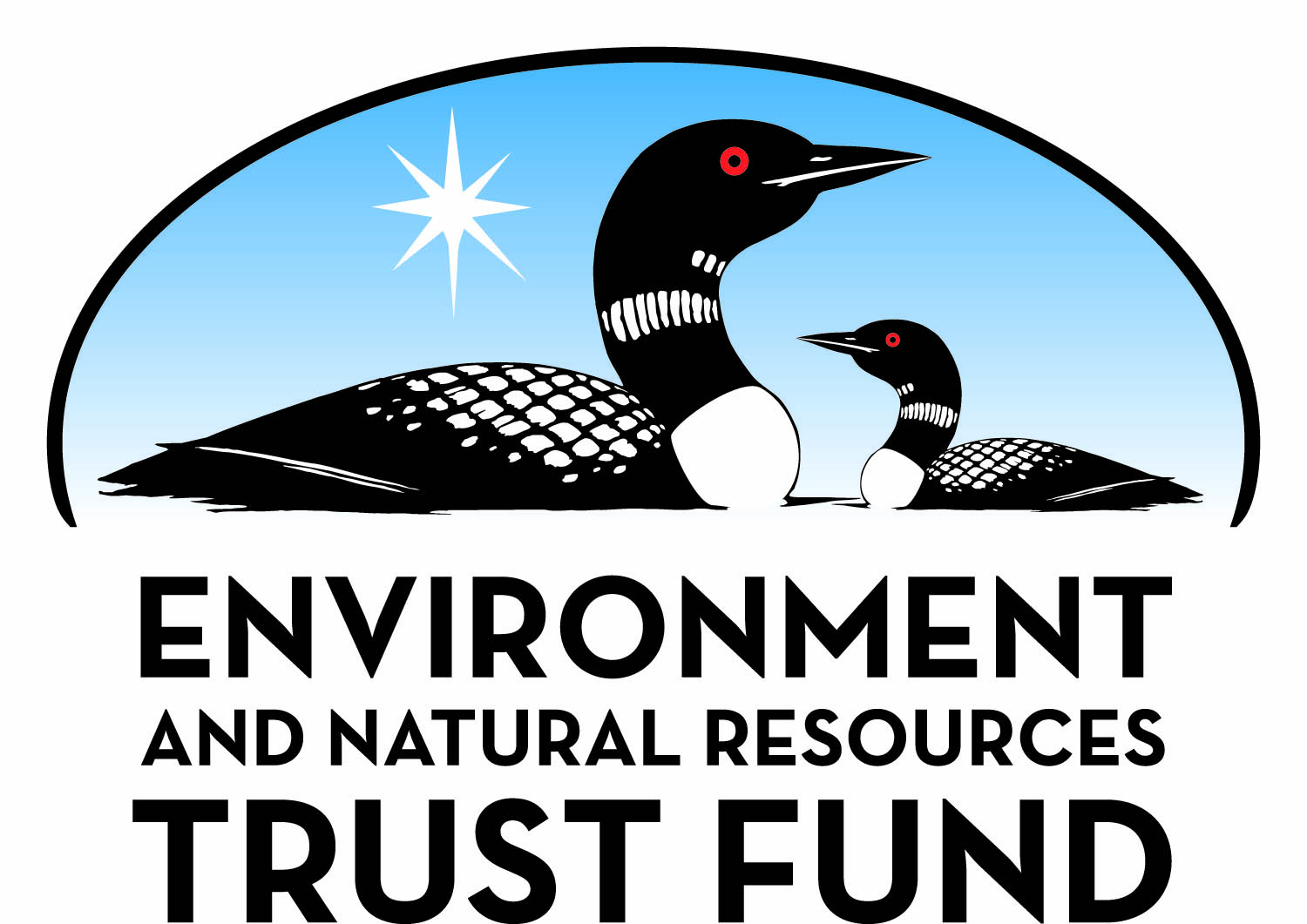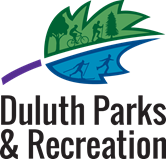Waabizheshikana: The Marten Trail - Segments 0-3

Project Status: Design
Project Overview:
Waabizheshikana (waa-bah-zhay-shay-kuh-nuh)
Link to audio pronunciation: https://ojibwe.lib.umn.edu/main-entry/waabizheshi-na
Waabizheshikana: The Marten Trail, previously known as the Western Waterfront Trail, consists of an existing 3.3-mile segment that traverses the western shoreline of the St. Louis River. The trail will be extended to create a roughly 10-mile recreational trail stretching from 63rd Ave W in the Irving Park Neighborhood to Chambers Grove Park in Fond du Lac.
Two plans have been completed to guide the development of Waabizheshikana including the Waabizheshikana: The Marten Trail Mini-Master Plan, approved by City Council in November 2019, and the Heritage Trail Interpretive Plan, approved by City Council in March 2021.
In June 2022, the Greater Minnesota Regional Parks and Trails Commission (GMRPTC) designated Waabizheshikana as a Regionally Significant trail. This designation opens the opportunity to apply for funding from the GMRPTC Legacy Grant Program.
The development of the trail will include a phased approach with the current phase incorporating accessibility improvements to the existing 3.3-mile portion of the trail (Segment 0), construction of Segments 1-3, and pause areas along the trail, as well as installation of comprehensive wayfinding and interpretive elements. When these segments are completed, we will have a total of nearly six miles of the trail completed. The construction for this phase is anticipated to be complete by the end of 2026. A second, and potentially third, phase will require funding to be secured and would incorporate construction of the remaining segments 4-7.
Project Update:
An interactive map has been developed in partnership with the National Park Service (NPS) to show the future route for the trail extension and locations of pause areas and interpretive elements.
Interactive Waabizheshikana Map
US Steel and the EPA have constructed Segment 3 between Blackmer Park and Boathouse Point. A ribbon cutting for the segment was held on July 10, 2024. Users can access this trail from Blackmer Park (8301 Beverly Street) or from a trailhead at Falcon Street.
Funding Source:
Implementation of the upcoming improvements to and extension of Waabizheshikana is funded through an array of funding from State and Federal grants, Tribal and non-profit contributions, and $400,000 from the Parks Fund. In 2023, the City of Duluth was awarded a grant of $1,493,434 from the Greater Minnesota Regional Parks and Trails Commission (GMRPTC) through the Parks and Trails Legacy Fund.
The City of Duluth has been awarded two grants from the Minnesota Environment and Natural Resources Trust Fund (ENTRF) as recommended by the Legislative-Citizen Commission on Minnesota Resources (LCCMR). In 2023, a grant of $1,375,000 was awarded, and in 2022, the City of Duluth a grant in the amount of $500,000. The Trust Fund is a permanent fund constitutionally established by the citizens of Minnesota to assist in the protection, conservation, preservation, and enhancement of the state's air, water, land, fish, wildlife, and other natural resources. Currently 40% of net Minnesota State Lottery proceeds are dedicated to growing the Trust Fund and ensuring future benefits for Minnesota's environment and natural resources.
In 2022, the City of Duluth was awarded a $130,100 grant provided by the State of Minnesota from the Arts and Cultural Heritage Fund through the Minnesota Historical Society. These funds will support the implementation of interpretive elements along the trail including story poles, freestanding signage, and pause points.
Thus far, the City has been awarded $175,000 from the Great Lakes Restoration Initiative. This funding incorporates collaboration with the National Park Service, which is providing technical assistance for the project. Additional support comes from the Indigenous Women’s Water Sisterhood, Fond du Lac Band of Lake Superior Chippewa, and US Steel.



Timeline:
The City is in final design for Segments 0-2, and currently completing environmental, historical, and cultural reviews for the project. Reviews are ongoing and the earliest construction would begin is fall 2025. Construction is anticipated to be complete by the end of 2026.
Important Documents:
FINAL Waabizheshikana Mini-Master Plan November 2019
FINAL Waabizheshikana Interpretive Plan March 2021
Interpretive Panels March 5, 2021
06-21-23 Final Slides from Community Update on Waabizheshikana
Links for draft proposed improvements and conceptual drawings:
Project Partners:
National Park Service
U.S. Environmental Protection Agency
U.S. Steel
St. Louis River Alliance
Indigenous Women's Water Sisterhood
Fond du Lac Band of Lake Superior Chippewa

